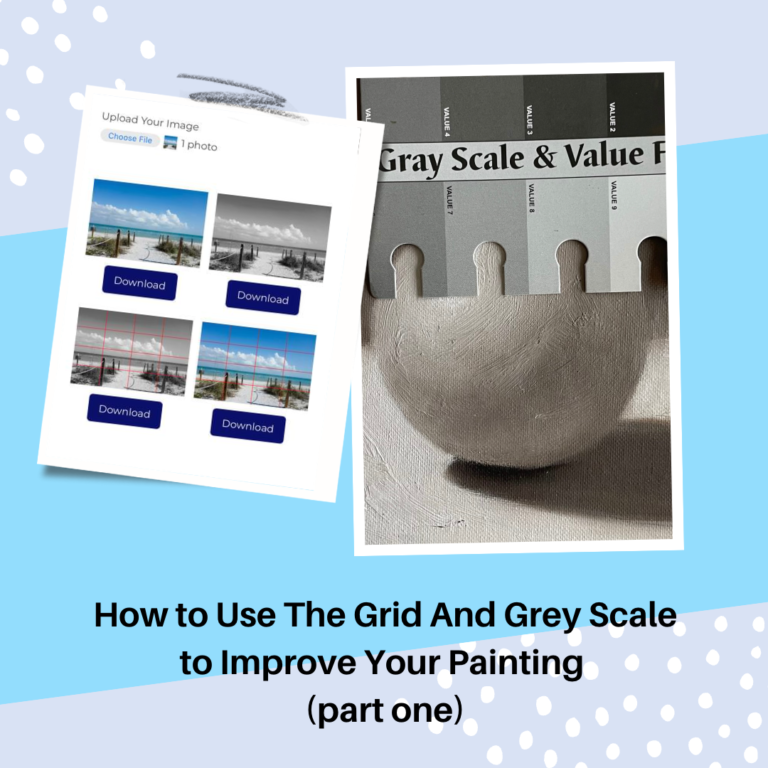When it comes to creating art on canvas, paying attention to the edges can make a significant difference in the overall presentation. Unfinished canvas edges may look amateurish, while a well-finished edge can enhance the artwork’s appearance and provide a more professional look. In this blog, we’ll explore various techniques to paint canvas edges and discuss their respective pros and cons.
1. Solid Color Extension
Pros: Adding a solid color extension to the canvas edges complements the main artwork and provides a clean and polished look. This method allows artists to choose a color that complements the painting, adding depth and coherence to the overall presentation.
Cons: While it offers a neater finish, this method still requires the use of frames if desired. Choosing the right color for the extension can be challenging, as it must harmonize with the painting without overpowering it.
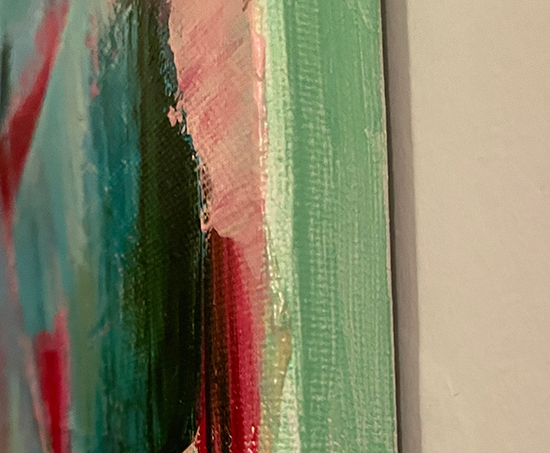
2. Mirrored Edge
Pros: The mirrored edge technique involves replicating a part of the painting’s outer edge and extending it to the sides. This creates an illusion of continuity and a 3D effect, giving the artwork a more substantial presence. Mirrored edges work well with a wide range of paintings, including landscapes and abstract art.
Cons: Achieving a seamless mirror effect can be tricky and time-consuming, especially for intricate and detailed artworks. It requires careful planning and precision during the painting process.
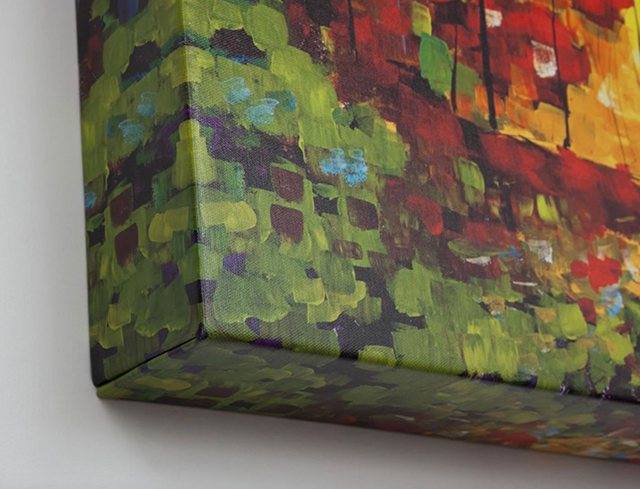
3. Natural/Unfinished Edge
Pros: Embracing the natural or unfinished edge of the canvas can create an organic and raw aesthetic. This technique works well with certain artistic styles, such as impressionism or abstract expressionism. It saves time and effort, as it requires no additional painting on the edges.
Cons: Leaving the edges unfinished may appear unprofessional and less refined. It may not be suitable for all types of paintings, particularly those with a realistic or polished style.
4. Gallery Wrap
Pros: Gallery wrap usually involves stretching the canvas around the wooden frame so that the image continues around the edges. It provides a modern and contemporary look, eliminating the need for a frame. The artwork can be displayed without distraction, focusing solely on the painted image. The artist can also choose to leave the side unpainted or paint with a solid color.
Gallery-wrapped paintings are easy to hang, saving time and money on framing costs.
Cons: Gallery-wrapped canvas cost more than stretched canvas. So it may not be the best option for new artists.
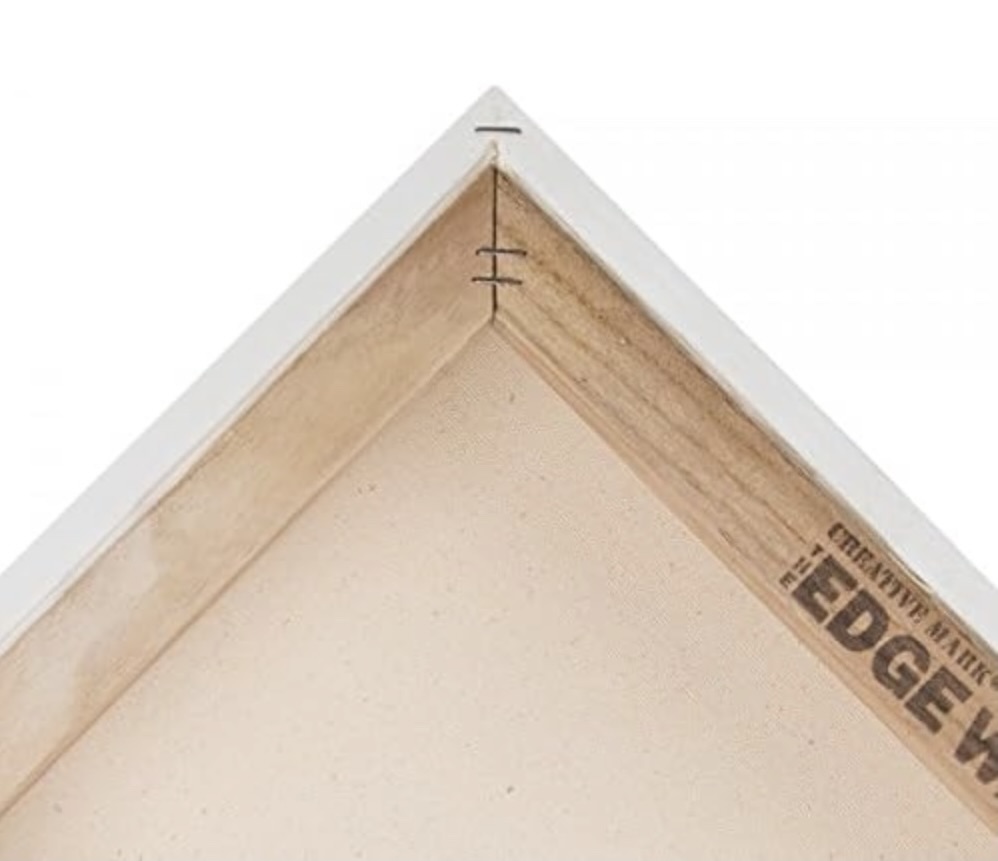
5: Frame the canvas
Pros: If you don’t like any of these options, you can always frame the canvas. You can go to a professional framing service or buy your re-made frame. But sometimes you still need to paint the edges of the canvas, especially with a floater frame. Because most of them have a small gap between the canvas and the frame, you need to pay attention to whether you need to paint the edges or not.
Cons: It’s obviously more costly.
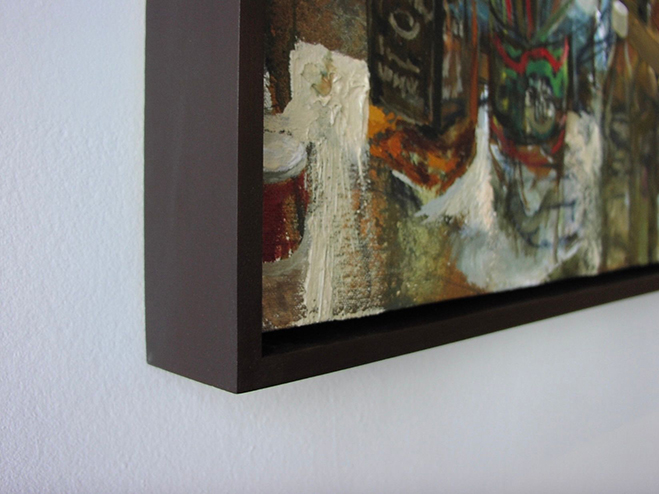
A tip to remember:
If you plan on exhibiting your new series of works at an art gallery, you should use the same frame for all of the paintings. Or leave the edges on all of your paintings the same look. This way you will achieve a more consistent and professional impression to the viewers.
Lately, gallery-wrapped canvas has been my favorite. Because it looks modern and clean, and it does not need a frame.
What’s your favorite way to finish your canvas edges? Please let me know and hope this article is helpful!
Cheering you on!
Ying




